Inventory is a crucial factor in whether or not a business does well or not. Too much or not directly enough affects how much the profit or loss is. Even the biggest stores in the world, like Walmart, Nike, and Best Buy, have substantial inventory problems from time to time.
Even though a lot is at stake, many business owners still don’t take inventory planning very seriously. When the numerals start to go down, that’s when business owners begin to rush to fix their inventory problems. At that point, the losses may already be too significant to handle.
Here are three red flags to look out for when planning your inventory to keep things on track.
Contracting cycles that take a long time
The length of a contracting cycle is directly tied to the opportunity cost that hurts the most. Any supply chain member will usually roll their eyes and say, “That’s just the way it is.” However, this takes much time because it has to be done by hand (pulling data, cross-referencing, research, vendor communication, and meetings). For example, when using manual sourcing methods for total joint projects, it can take between 18 and 20 weeks to figure out how ample an opportunity is, make a plan, set up the RFP, and look at the bids. You can also expect the evaluation to take another twelve to twenty weeks.
Lack of or lousy technology for running a warehouse
With the “amazon effect” driving the rise of e-commerce, most shopping is now done online. Also, shipping in two days is now the norm. 3PLs that use single-point solutions or manual functions to track inventory are finding it harder and harder. Brands now look closely at a warehouse’s technology stack to ensure that the 3PL can handle the volume, processes, scale, and visibility that the brand needs. Having the right technology partner is very important. This doesn’t just mean the software with the most bells and whistles; it also means a partner who understands change management, helps the warehouse adopt the technology, and focuses on best practices that have been proven to work.
Believe your gut.
When you start working with a broker, the best thing to do is to trust your gut. During the communication and booking process, you’re probably right if you feel like something isn’t right. You know your corporation better than anyone else, so it’s essential to protect it by being your advocate. The money side of brokering a load may be the most critical part. If they want payment from shippers in 30 days or less but don’t offer compensation for 45 days or more, this could be a sign that they are not financially stable.
All and All,
One of the essential things suppliers try to avoid is taking part in an RFP when they don’t have a good chance of winning. The people in charge of buying things think suppliers will respond to every RFP they send. Don’t give up. Requests for proposals take time and money from the business development team. An RFP can be used to do nothing but get ideas. So, suppliers may push back to assess the customer upfront and see if the organization is all in or not.

